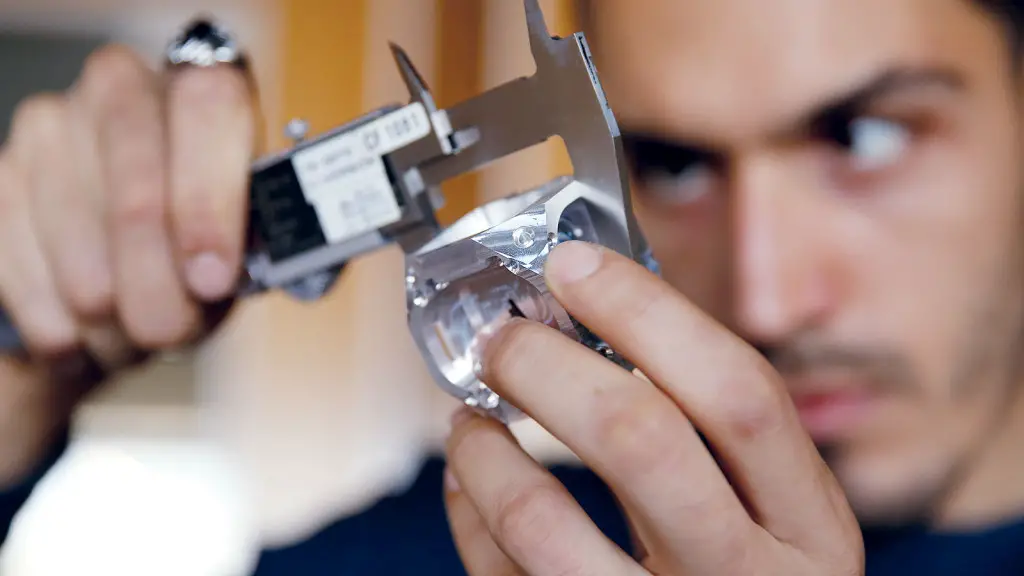Believing you’ve come up with the next greatest invention is all well and good. Yet, don’t expect to get very far with your creative genius unless you’re prepared to make the transition from your mind’s eye to the palm of your hand. The good news is that advances in technology have made prototypes much more accessible for individuals and startups and has helped countless businesses avoid the common reasons for startups to fail.
Why Do You Need a Prototype?
A prototype, or a three-dimensional version of your product, is essential for quite a few reasons. These models can help prove that your concept works and are a necessary tool for product presentations. If you are trying to license your product, you will have little chance of doing so without a quality prototype. Finally, even if you are looking to manufacture, these models are necessary to properly set up the process and to make further modifications to the design.
Designing Product Protoypes
When you are designing products, and consequently their prototypes, think about how the product will work. One of the most popular business quotes of all time came from Steve Jobs when he imparted the knowledge that, “Design is not just what it looks and feels like. Design is how it works.” Label printing should not be as important as the ways in which the customer interacts with the product. Heed Steve Jobs’ advice. Keep the way your product works in focus during the product design process.
Product Design Represents Your Company
Why do you need a prototype? Yes, the practical reasoning above is true. But really, a prototype for your product design is so crucial because you want to be able to see a physical representation. Why? Because this will help you to ensure that the design of the product you created will accurately represent your company brand. Colors, shapes, materials, these are all things that you and other social entrepreneurs can use to effectively convey your business brand. Remember the importance of conveying your brand image into your product design by making sure to create a prototype.
Different Types of Prototypes
As you move forward with creating the first real model of your idea, you’ll want to decide which type of prototype best suits your needs. If you have not learned this in any online business certificate programs, here are the different types and their uses:
- Visual Model – This type of prototype is a visual representation only of the product. The design will depict the intended shape and dimensions, but there will be no working parts. Also, the materials used in the model will likely not be the same as in the final product. Use this model when you have a very strong product concept and are good at sales.
- Representational Model – Also known as a “proof-of-concept prototype”, this model will demonstrate the functionality of your product but may not appear as the final product will. It will likely be assembled with some off-the-shelf parts. This model is often chosen when a working model isn’t practical due to design or cost constraints.
- Pre-Production Model – Also known as a “presentation prototype,” this model is a working model of how your product will look and function. There may be some off-the-shelf parts, but this is the best option to prove overall product viability and is the most commonly used to begin to Agile planning process.
How 3D Printing Has Changed Prototyping
The entire prototyping process has been revolutionized in recent years with the advent of 3D printing. Now known as Rapid Prototyping, 3D printers are being used to turn designs into 3D objects in a matter of minutes. These machines create models of various materials through what is known as additive manufacturing (AM), using both advanced CAD software and some pretty simple Apps. Now, you can create that Visual Model and, depending on its complexity, a final product at an affordable price and in a very short period of time. Here are few examples of inventors who have done just that:
- Josh Camitta of Florida invented a combination handheld herbal processor and weighing unit called “The Grale”. Although his device was patented, he was stuck at the next phase until he met a 3D printing expert who helped him make a prototype of his product.
- Sally Dunne of California came up with an idea for a decorative bicycle clip, which she named “Pedal Petals”, and used 3D printing technology to produce a prototype in just one day. Not only that – within 24 hours she had her first sale!
There is little doubt that prototypes are needed to demonstrate the features and benefits of new product ideas. The kind of prototype you will require depends on your particular product and its complexity. 3D printing, or rapid prototyping, has made the creation of prototypes and even the acceleration of product development much more affordable for today’s inventor and entrepreneur.
Image from http://www.pchintl.com/our-platform/product-design-and-engineering/
 Business First Family Business, Accounting, Finance, Investing, Marketing And Management
Business First Family Business, Accounting, Finance, Investing, Marketing And Management
